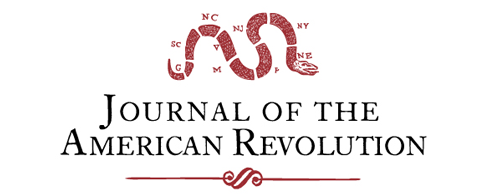Robert Rogers, Ranger: The Rise and Fall of an American Icon
BOOK REVIEW: Robert Rogers, Ranger: The Rise and Fall of an American Icon by Martin Klotz. (Yardley, PA: Westholme Publishing, 2024). $32.50 hardcover. In 1940, Metro-Goldwyn-Mayer movies released “Northwest Passage,” a rather loose adaptation of Kenneth Roberts’ book by the same name.[1] In it, well-liked and respected hero-figure Robert Rogers leads a skilled and disciplined […]
